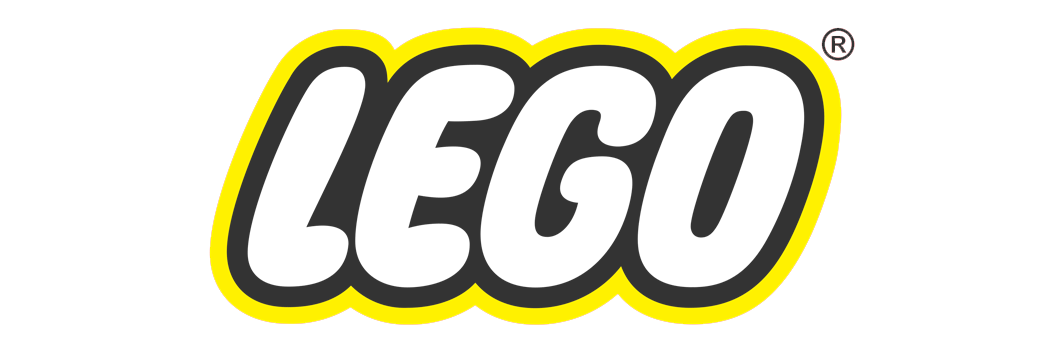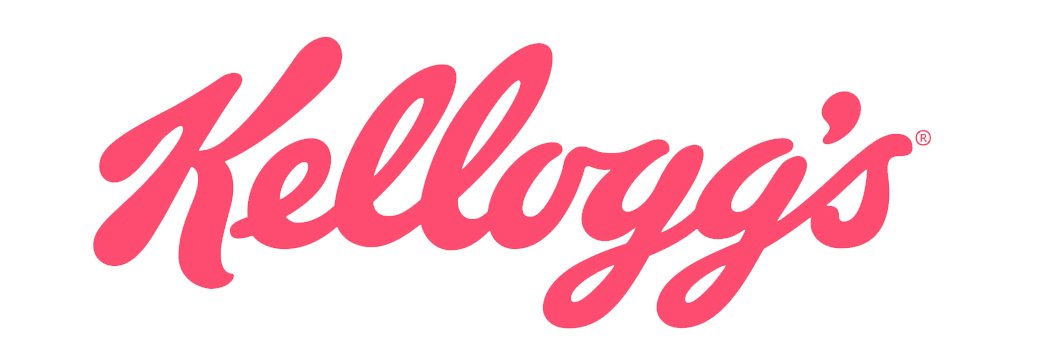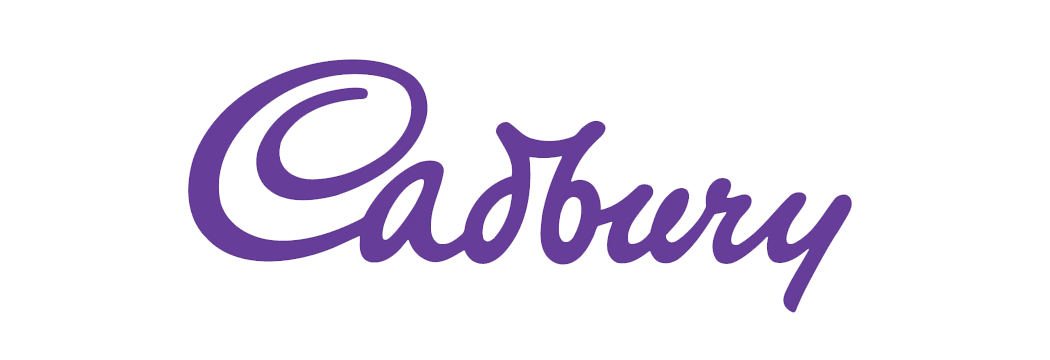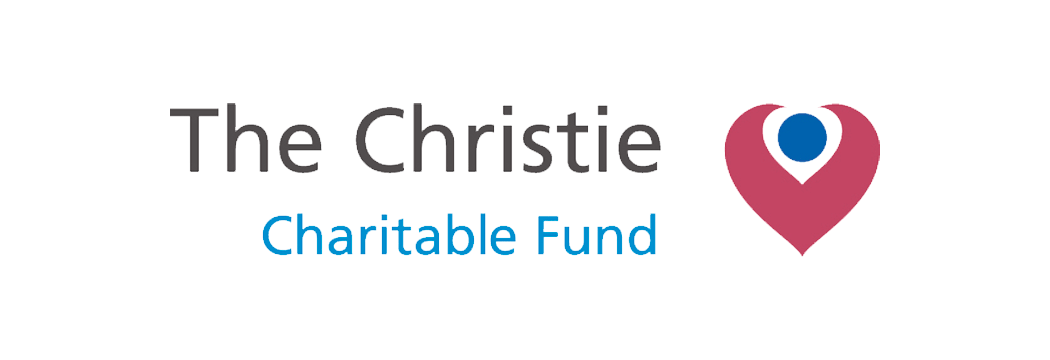When you create, manage and grow a business, the last thing you think about is your exit strategy, and this for me has been one of the most difficult challenges.
My career in costumes started in 1983 as a wardrobe mistress in a Manchester theatre. With all the experience, skills, contacts, opportunities and work ethic gained over 6 years, I founded a business in an industry I didn’t even know existed when I was studying fashion at uni 10 years before.
Making giant fluffy super heroes had never been career ambition, but after the theatre production of The Snowman, and a huge success with a sample Welephant suit for the Fire Service, I created a company and a career that I have been passionate about for over 35 years; A company and career that allowed me to grow, learn, share and evolve alongside over a hundred employees across two hemispheres.
Our sister company, Auscoz in Queensland, Australia, came to life in 2001 with a growing number of orders arising from this side of the world. I took the plunge of relocating my husband and two young daughters over to Australia, which involved a 5 year period of uncertainty whilst we tried to launch and grow the business within the guidelines of a skilled migration visa. 15 years on, this was the best decision we ever made from both a business and family point of view however it was by far the hardest and most challenging feat to date. Managing a creative business and employing staff across the world wasn’t easy – think dial up internet and fax machines!
Manchester United
Almost 20 years on, both Costumes with Character and Auscoz are considered to be two of the most successful mascot manufacturers in the world, providing mascots and characters for many of the most high-profile companies and character creators on the planet.
Clients include: Nickelodeon, DreamWorks, Aardman Animation, Lego Worldwide, theme parks, holiday companies and iconic sports mascots inclusive of the Commonwealth and Invictus games figureheads. Alongside these we also make extensively for charities, schools, universities, local councils and retail brands.
Despite helping bring all of these companies mascots to life, the thing I am most proud of isn’t having founded and grown these two companies, it is having created jobs; interesting, creative, enjoyable work in a great environment, for so many people, for so many years.
This is why succession planning to ensure jobs were protected and the company continued to grow was so deeply important to me.
It is relatively easy to be a freelancer and build on your skills and talents with every contract.
It’s not so easy to create a business, employ and train people to work together, build a growing customer base and take full financial responsibility for rent overheads and wages, often risking your home as security. Staff can leave whenever they like, but you carry the full responsibility for their livelihoods when you employ them; it results in a lot of sleepless nights.
Thomas Cook
Niche creative companies are built by employing and training a wide range of talented people.
For Costumes with Character this involved pattern makers, machinists, designers, prop makers and more, all working to specific quality standards and timeframes to ensure the customers’ requirements are understood and met.
Selling a company which relies on these skills and employees is complex, you have to ensure the staff can continue to work in the way they are used to, and their jobs and status is secure. Selling to a competitor (of which there are few) wasn’t a practical option.
The fact that some staff had worked with me for over 30 years, almost an entire working life, made it impossible for me to take the easy road, sell the building and equipment and simply close and enjoy a well-earned retirement!
This would also result in the end of CWC, which had been my life’s work, and although I was very ready to reduce my work load and enjoy more leisure time, it didn’t feel like the correct way to go.
I researched business brokers and succession planning without success.
RNLI
A chance Google of “exit strategy that benefits staff” and a website explaining the benefits of employee ownership trusts introduced me to this “John Lewis style” of succession planning.
It seemed like the ideal solution in terms of ethics, finances, company growth and job security.
Most EOT companies show better growth than traditional structures – staff embrace ownership without any financial commitments and enjoy tax-free profit share up to a limit each year.
Management training, team-building and communication strategies are in place to assist with building the business skills of the management team too.
The owner is gradually reimbursed for their shares from the profits over a period of years, and the management and director’s ‘transition and exit’ is gradual and flexible.
I am grateful to Postlethwaites Solicitors who introduced me to the concept of EOT’s and created the trust and structure for CWC. Although in its infancy, the EOT is already proving to be a great opportunity for the team. With great opportunity comes great challenge; I have full faith that with staying true to the company’s core beliefs and values and working together, the employees of CWC have every chance of making this EOT the best decision we ever made.
The lifespan of an employee ownership trust is 125 years, it would be amazing if CWC continues to grow until 2144.

 “I wanted to take this opportunity to thank you for your ongoing service.
“I wanted to take this opportunity to thank you for your ongoing service. See video
See video

 Each character we have ordered has been of incredible quality and detail and have been well received by everyone who sees them. All of the staff are incredibly helpful and a delight to work with and no doubt we will be using them as often as we can again in the future.”
Each character we have ordered has been of incredible quality and detail and have been well received by everyone who sees them. All of the staff are incredibly helpful and a delight to work with and no doubt we will be using them as often as we can again in the future.”
 View costume
View costume View costume
View costume View costume
View costume View costume
View costume View costume
View costume View costume
View costume View costume
View costume View costume
View costume